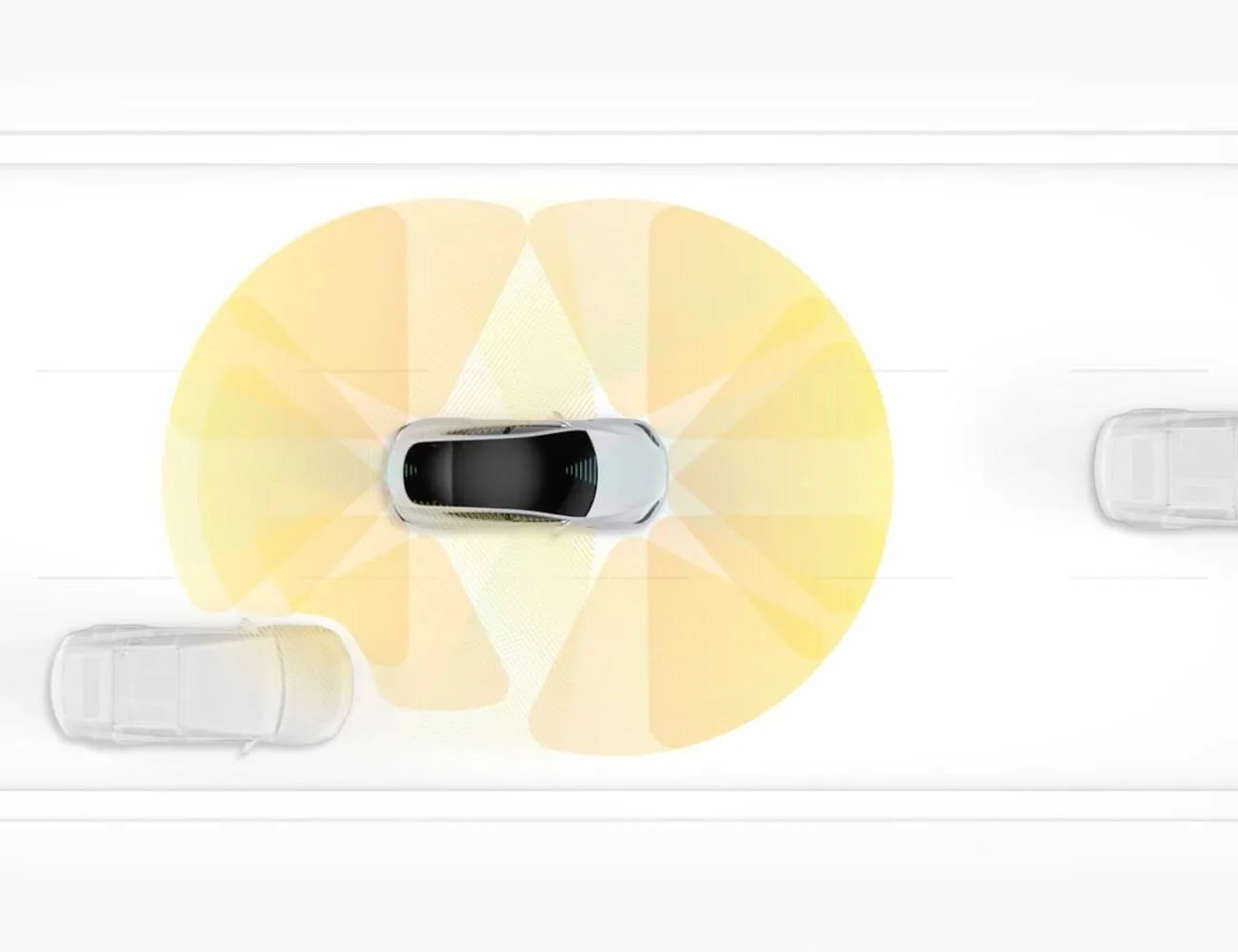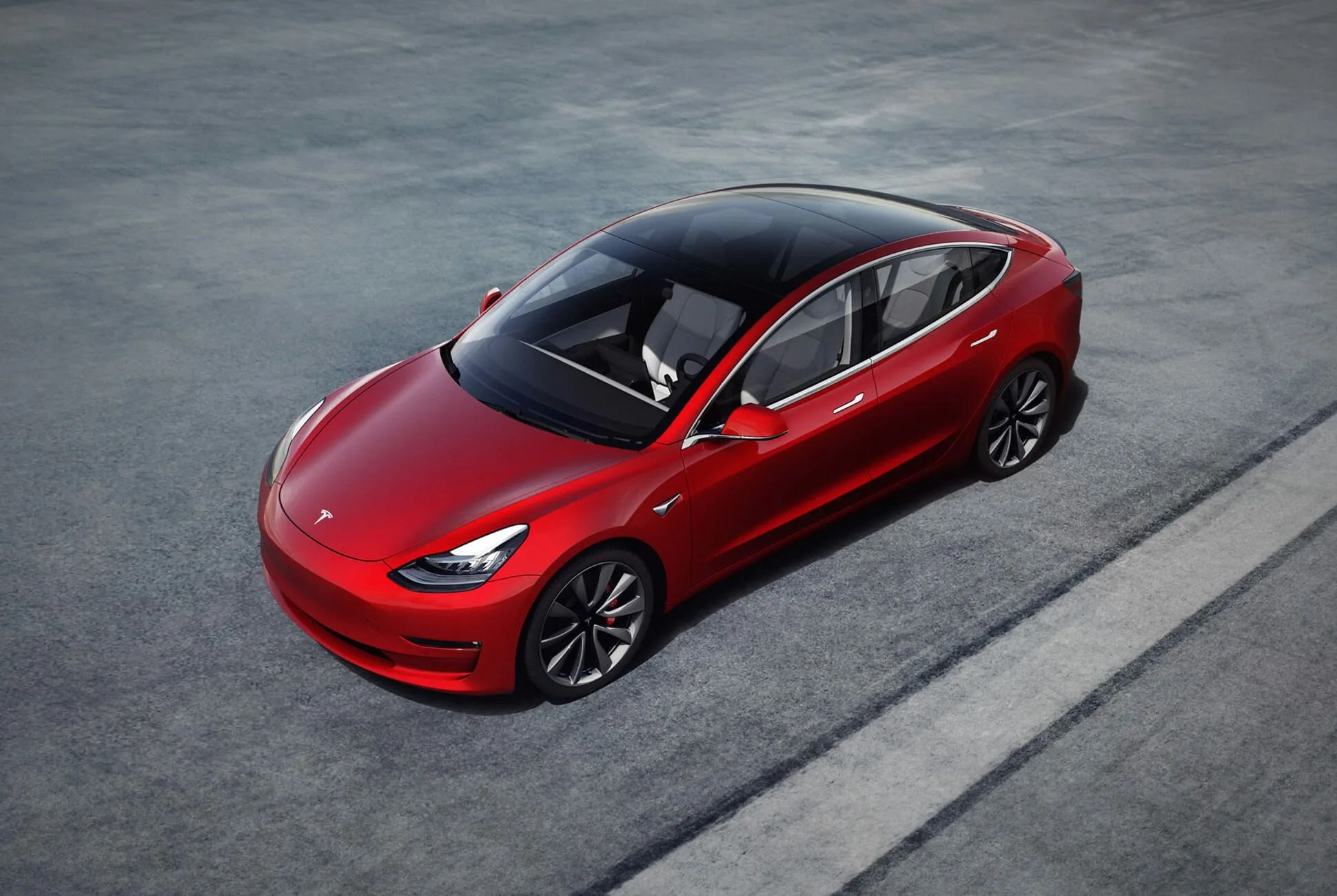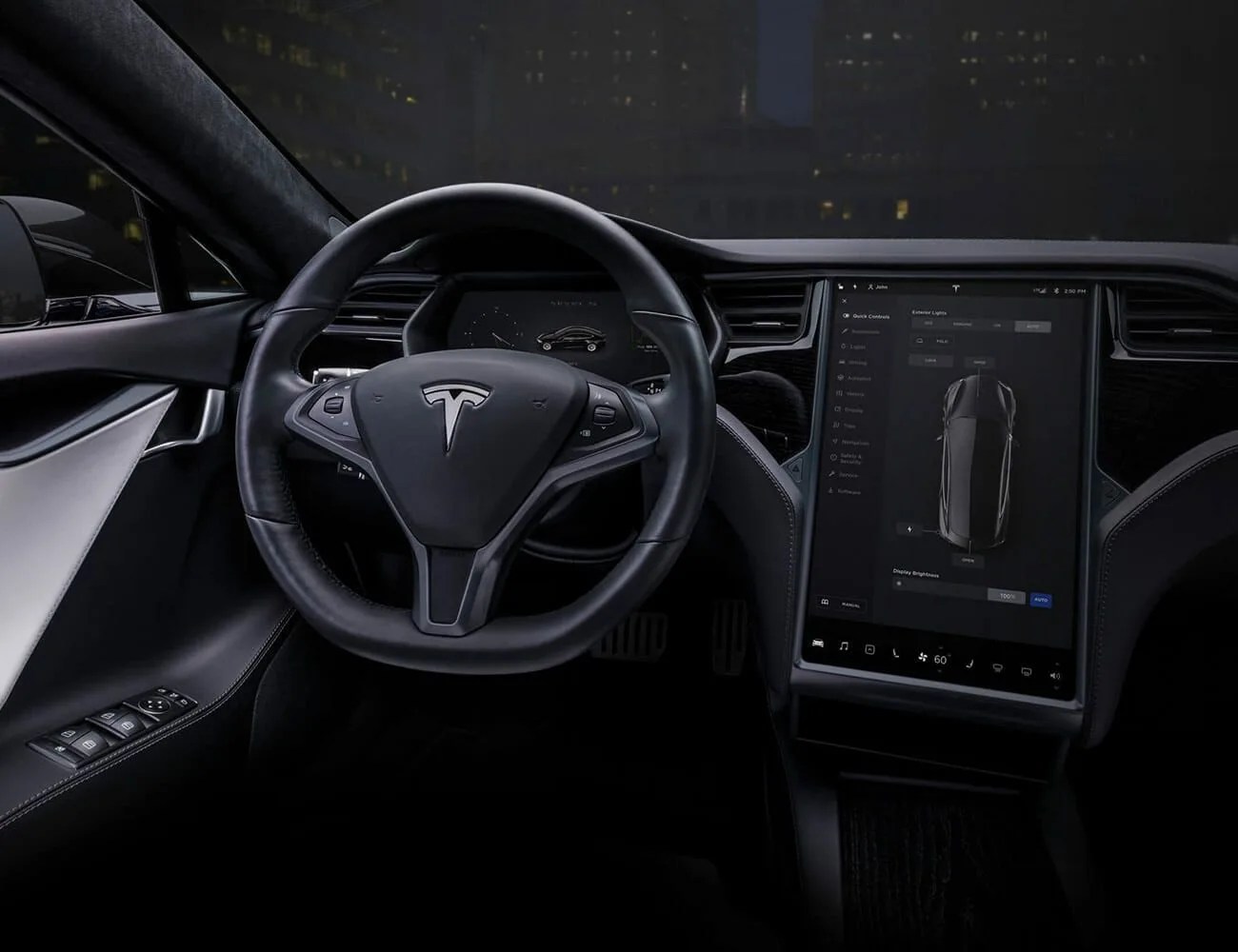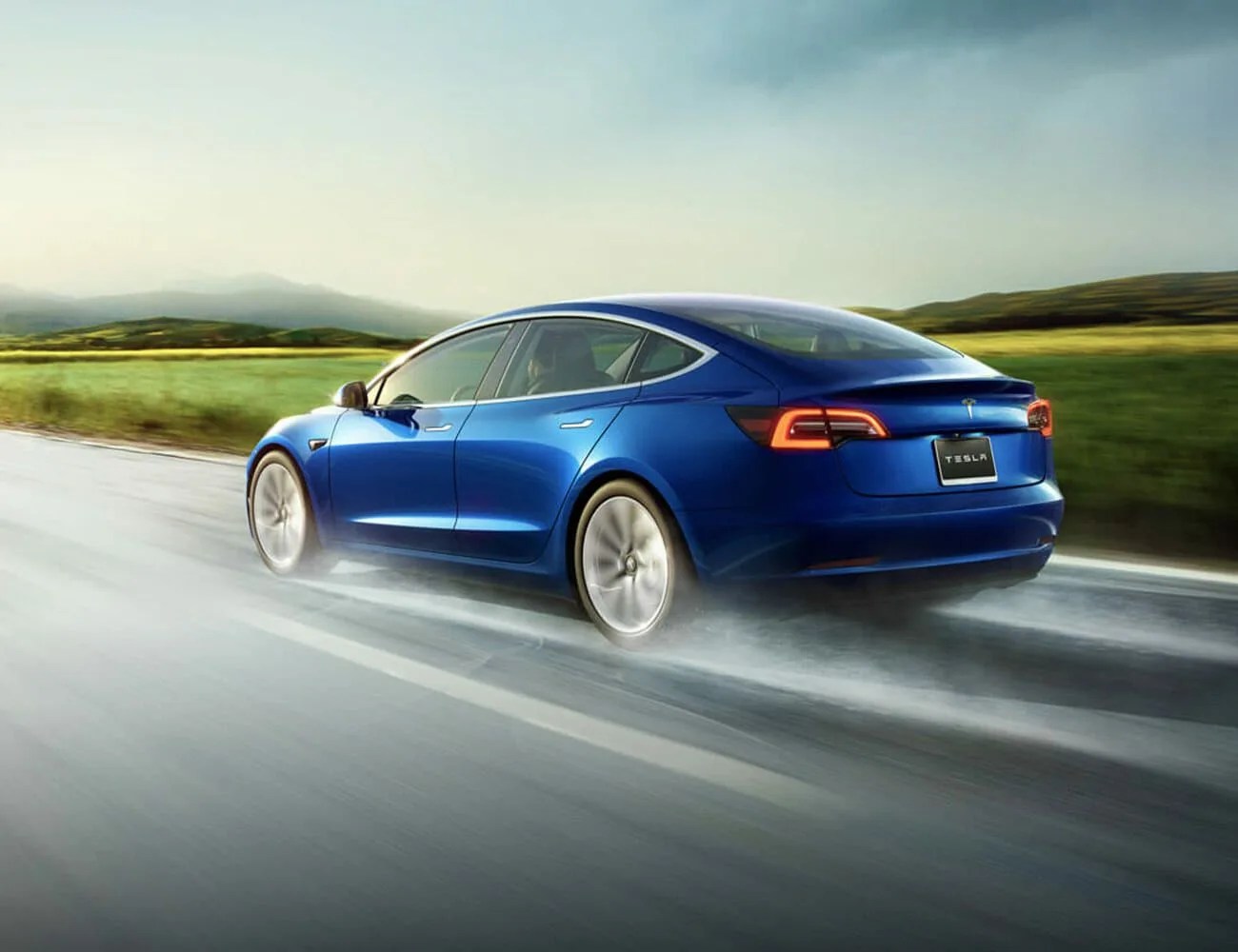Tesla disrupted the automotive industry like no other carmaker during the 2010s. We use that Silicon Valley-beloved verb intentionally; Tesla, after all, often behaves more like a tech firm than a traditional automotive company. This behavior pays dividends for investors — at times, Tesla’s market value has been higher than Ford, FCA, and GM combined — but the company’s unorthodox operations can create confusion for customers.
So, with that in mind, we decided to try and help clear up some common misunderstandings. Here are three things you should know before buying a Tesla.
Tesla’s cars cannot drive themselves.

Tesla uses terms like “Autopilot” and “Full Self-Driving Capability” to describe its cars’ active safety and semi-autonomous driving features. The former comes standard; the latter is a $7,000 add-on when you order your new Tesla (or you can buy it as an over-the-air upgrade afterward). Both terms imply something akin to Level 4 or Level 5 autonomy, in which a car operates itself without driver input.
That’s not what Tesla is offering. Tesla’s current autonomous driving features — which, admittedly, are among the best available — are Level 2 features, which require constant driver attention and hands on the wheel. (Not doing so can be perilous.)
The $7,000 Full Self-Driving Capability option’s biggest draw is that it’ll provide access to true Level 4 autonomy…whenever that’s ready. It may be more prudent to wait, unless you’re flush with cash; Tesla has been promising such technology is right around the corner since 2016. Last year, Elon Musk asserted Tesla would have a fleet of robotaxis by 2020.
Most industry experts aren’t nearly believe autonomous technology in personal vehicles may be years, if not decades away. That technology still needs to be regulated, too.) The waiting period for full self-driving may be longer than you plan to own your new Tesla.



